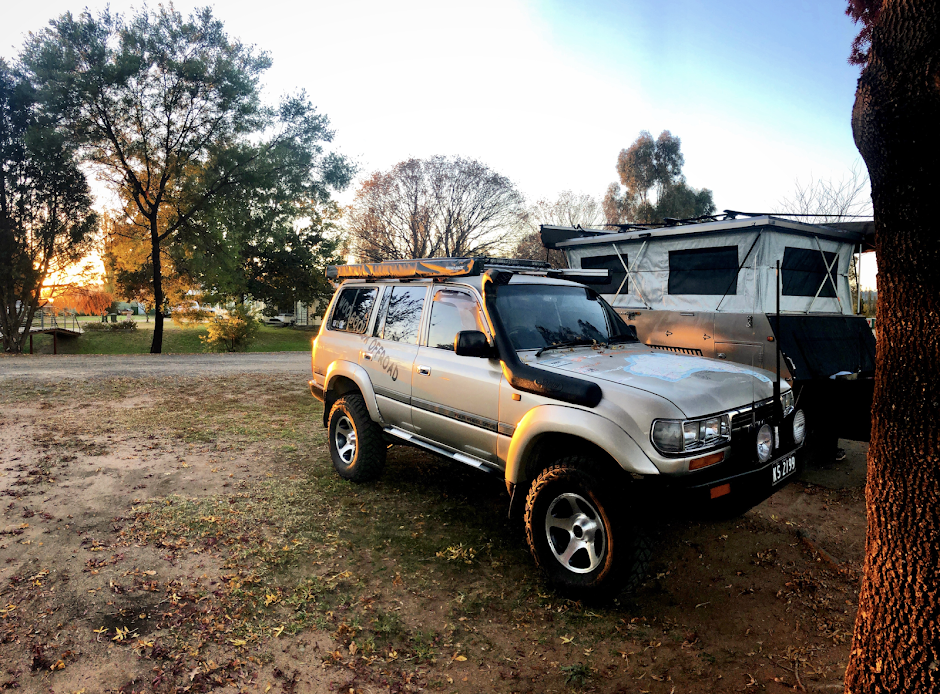Been a while since i have been here foe a few reasons. Have been busy building a new 4wd, slow is the go. Am not made of money like some, i like to enjoy my life stress free.
Anyway was told of spot x up towards Nymbodia where you could find fossils. Promised my geologist friend that i would not give away the spot, so we can try to preserve what is left.Most fossils found here come from the Triassic Age. Mostly plant life and a few small shells. Not many dinosaurs' were around at this time as there wasn’t enough food for them.
Several of us ventured up there last weekend, aiming high and hoping that we would find a few. Working off some GPS marks we were soon within sight of these diggings. The first few weren't too hard to find after you worked out how the layers of rocks were formed. A good haul of fern,conifer and leaf fossils were found, but no shells.
The Triassic wasn't nearly as lush and green as the later Jurassic and Cretaceous periods, but it did see an explosion of various land-dwelling plants, including cycads, ferns, and Gingko-like trees. Part of the reason there were no enormous dinosaurs in the Triassic (along the lines of Brachiosaurus) is that there simply wasn’t enough vegetation to nourish them!
The Triassic is a geologic period and system that extends from about 251 to 199 Ma (million years ago). As the first period of the Mesozoic Era, the Triassic follows the Permian and is followed by the Jurassic. Both the start and end of the Triassic are marked by major extinction events. The extinction event that closed the Triassic period has recently been more accurately dated, but as with most older geologic periods, the rock beds that define the start and end are well identified, but the exact dates of the start and end of the period are uncertain by a few million years.
After several hours in the heat we decided to venture further west for a cool dip and a much needed feed. The water was brisk but definatly refreshing and the food was excellent.
After several hours here it was a cruisey 100km drive back south home to Coffs.
Fossil of seed fern, Dicroidium zuberi, that we found.

No comments:
Post a Comment